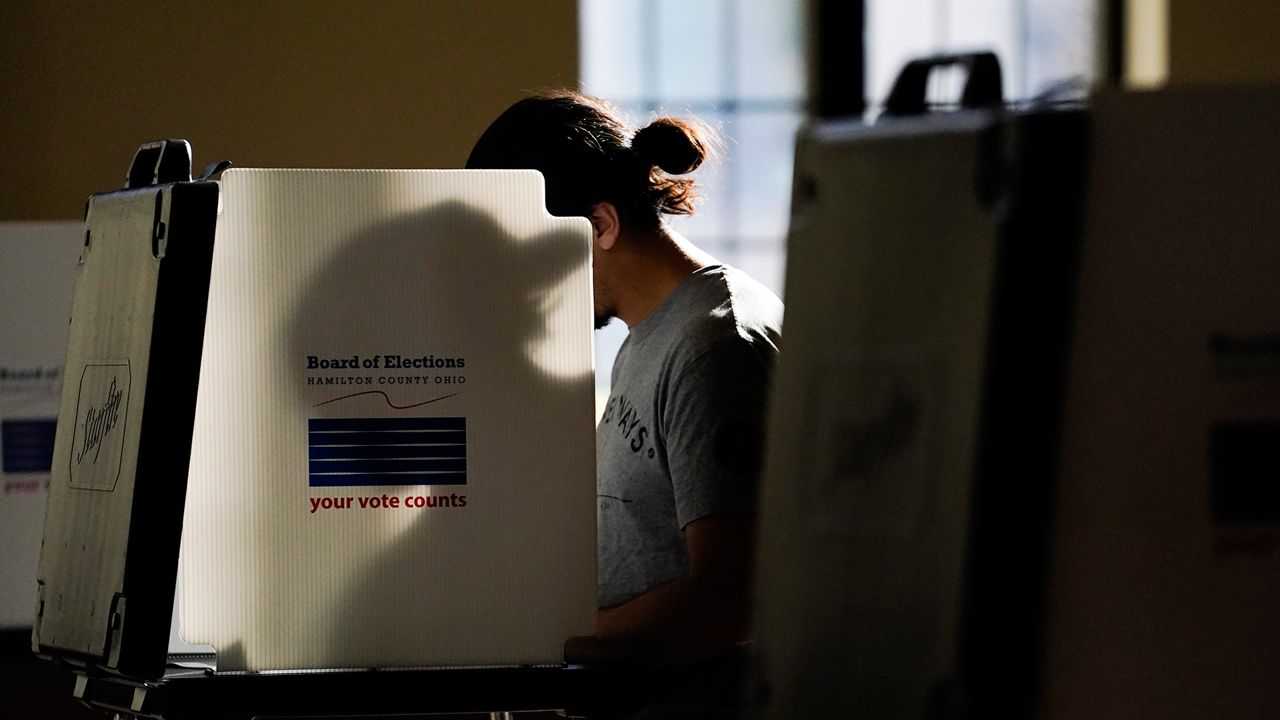Ohio voters struck down Issue 1 Tuesday night, allowing the state’s election mapmaking process to stay the same, according to the Associated Press.
Retired Ohio Supreme Court Chief Justice Maureen O’Connor, on behalf on the nonpartisan Citizens Not Politicians campaign who drafted the ballot measure, released a statement addressing the issue's failure.
"In analyzing the vote tonight, it is clear that the millions of Ohioans who voted yes want to end gerrymandering," O'Connor said. "And it is also clear that those who voted no thought that they were voting to end gerrymandering."
Currently, the Ohio Redistricting Commission oversees mapmaking. It is made up of seven people — two always being Republicans, two being Democrats and the three other spots go to the governor, secretary of state and the auditor.
Former President Donald Trump, who won the state for the third time Tuesday, also appeared in ads urging Ohioans to vote against the measure.
The governor contended that the mapmaking rules laid out in Issue 1 would divide communities and mandate outcomes that fit “the classic definition of gerrymandering.” He took specific aim at the proposal’s requirement for partisan proportionality in the maps.
DeWine said Iowa’s system — in which mapmakers are prohibited from consulting past election results or protecting individual lawmakers — would remove politics from the process.
Issue 1 supporters disagreed, pointing out that Iowa state lawmakers have the final say on political district maps in that state — the exact scenario their plan was designed to avoid. Maureen O’Connor, the retired Ohio chief justice who championed Issue 1, accused DeWine of spreading disinformation about the ballot measure.
If Issue 1 had passed, the constitution would be altered to create a Citizens Redistricting Commission to lead the mapmaking process in Ohio instead of lawmakers taking the reins.
The commission would have been composed of 15 people, who could be any registered and qualified voter. Current or former politicians, political party officials, lobbyists and their family members would not have been able to apply.
A bipartisan panel of retired judges would have narrowed down the applicants.



